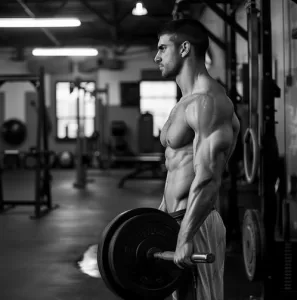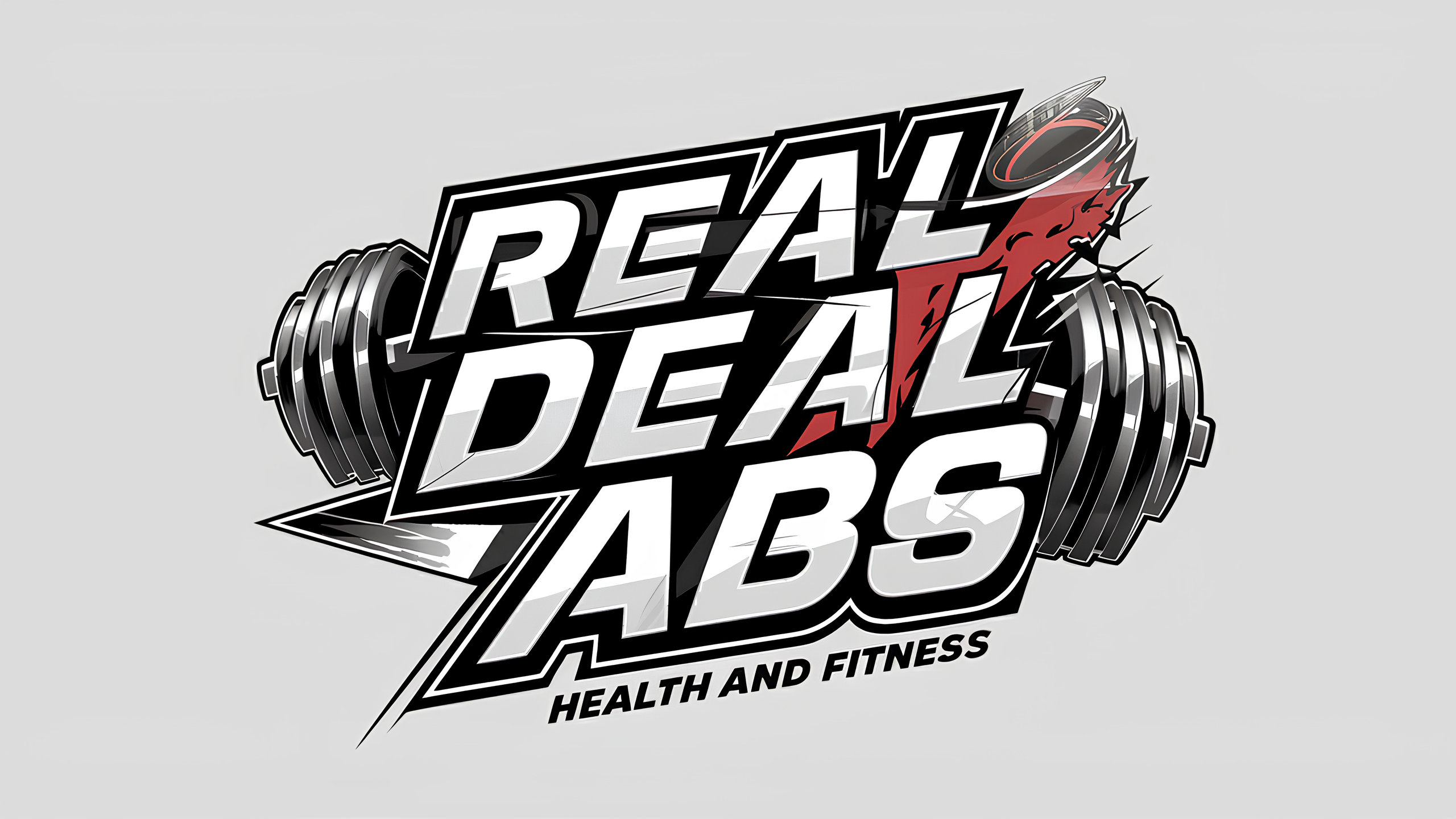Executing Barbell Biceps Curls for Muscle Strength and Definition
The barbell biceps curl endures as a powerhouse move in the fitness world, much like it was revered in the golden age of Schwarzenegger and Ferrigno. This classic exercise is synonymous with raw strength and aesthetic arm development.
However, Ebenezer Samuel, C.S.C.S., the fitness director at Men’s Health, advises that barbell curls might be too advanced for gym newcomers. Beginners should master the fundamentals of bicep training with other curling methods before graduating to the barbell variant. “Barbell curls require managing some serious weight,” Samuel explains. “They are ideal for those looking to elevate their biceps routine and embrace the challenge.”
Who’s Best Suited for Barbell Biceps Curls
Barbell biceps curls cater to a broad audience, from professional athletes to fitness enthusiasts. Samuel cautions that this move might only suit some straightaway, especially beginners. While this exercise might mimic other curling techniques, dumbbell, and EZ-bar curls can offer a more shoulder-friendly introduction to arm training, laying a solid foundation for progressing to the barbell curl.

The Advantages of Barbell Biceps Curls
Transitioning to barbell curls can significantly boost your arm training regimen. The primary benefit of this exercise is the ability to handle more weight than other bicep exercises, which is crucial for muscle growth.
Another unique aspect of the barbell curl is the creation of ‘supination force.’ As opposed to dumbbells, which allow your hands to rotate during the curl, a barbell’s fixed position necessitates a tight grip—almost as if you’re trying to bend the bar. This effort generates additional force, leading to a superior biceps contraction at the peak of each rep.
Setting Up for Success with the Barbell Biceps Curl
Executing a barbell curl is similar to other curl variations but with a focus on form to reap the maximum benefits. Essential elements of solid technique include the engagement of your shoulder blades, core, and torso.
The straight bar offers a variety of positions concerning grip and wrist placement. Yet, the preferred method is a shoulder-width grip, which allows for substantial loading while mitigating wrist strain as you execute the curl.
Mastering the Barbell Biceps Curl Technique
- Stand firm with your feet aligned with your shoulders, grasping the bar with a shoulder-width grip.
- Engage your glutes, core, and shoulder blades fully, ensuring your torso remains braced throughout the movement. Curl the weight upward, allowing only your elbows to move.
- Conclude the curl with concentrated biceps squeezes, then slowly lower the weight to the start.

Common Errors in Barbell Biceps Curls
- Avoid leaning back excessively, especially under heavier loads or when fatigue sets in. This overemphasis can compromise form and lead to a ‘power clean’ motion rather than a curl, reducing the focus on the biceps and potentially engaging other muscle groups unintentionally.
- Keep your elbows from creeping forward as the weight increases. This common mistake can shift the intended tension from the biceps to the shoulders. To prevent this, visualize your upper arms as being ‘pinned’ to your sides, which will help maintain proper form and muscle engagement.
Incorporating Barbell Biceps Curls into Your Routine
For those new to weight training, starting with the EZ-bar and dumbbells is advisable to hone the essential squeezing motion of bicep curls.
Once you’ve gained confidence with these preliminary exercises, you can integrate barbell biceps curls into your regimen. Given the increased load involved, performing this exercise at the beginning of your biceps routine is best.
Consider three sets of eight to 10 reps, possibly lowering the rep count to six to eight for the final set to maintain form while still challenging your muscles.




